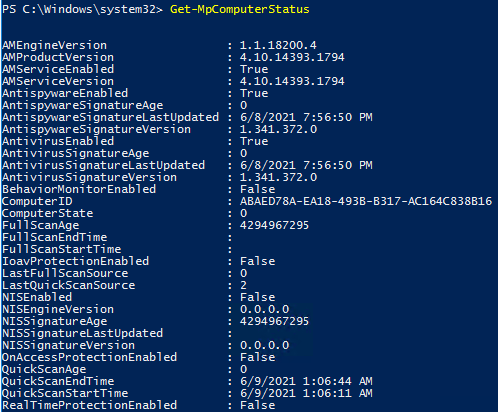

- #CREATE EXCLUSIONS FOR KMS OFFICE 2016 IN DEFENDER SOFTWARE#
- #CREATE EXCLUSIONS FOR KMS OFFICE 2016 IN DEFENDER WINDOWS#
#CREATE EXCLUSIONS FOR KMS OFFICE 2016 IN DEFENDER WINDOWS#
You can refer to what I am saying in regards to how Windows Defender exclusion will be treated by the processexclusion flag in here: I thought by process exclusion section MS wants to exclude the actual processes from being scanned in here. Hey Paul, slight thing I noticed that wanted to bring to your attention (and perhaps I am wrong), is that the process exclusions the way its implemented will not exclude the processes but rather the files they touch (See below Defender link in next paragraph about what I mean). I hope you find it helpful for your Exchange 2016 deployments.Įxchange Server Antivirus, Best Practices, Exchange 2016, PowerShell, Scripts You can find the new script on the TechNet Script Gallery. I made a few improvements this time around as well, so that different lists are output for Mailbox servers vs Edge Transport servers.
#CREATE EXCLUSIONS FOR KMS OFFICE 2016 IN DEFENDER SOFTWARE#
It works the same way as the 2013 version, you run the script locally on a server in the Exchange Management Shell, and then use the output files to configure your antivirus software manually or by importing the lists (Update: when installing Exchange 2016 CU3 or later on Windows Server 2016 you can also use the script to automatically configure the exclusions in Windows Defender). Today I’ve published a new script for generating Exchange 2016 antivirus exclusions. Thanks to Matt K for pointing out several of the changes.

Exchange 2016 is a little different, with some items added to the list, as well as a few others removed from the list. Some time ago I published a PowerShell script that will scan an Exchange 2013 server and output a list of exclusions that follow the Microsoft recommendations. Such issues are actually quite common when antivirus software has not been configured to follow these recommendations, and usually surfaces as unpredictable failover behavior in database availability groups, as well as unexpected database dismounts. This recommendation is made to reduce the likelihood of your Exchange server experiencing a failure due to antivirus software locking a file or folder in a way that prevents Exchange from doing what it is trying to do. It is a recommended practice to configure any antivirus software running on Exchange servers to exclude specific paths, processes, and file types.


 0 kommentar(er)
0 kommentar(er)
